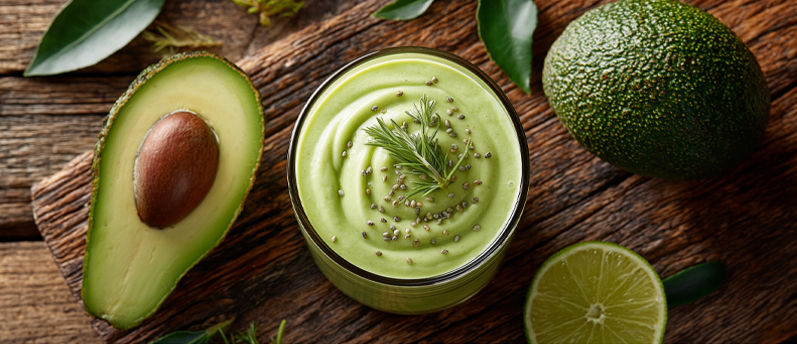Safety Nets I've Stitched for Myself: Why Autistic Safety Systems Matter
- Elle Dee

- Jul 22
- 4 min read
Updated: Oct 8
Radical self-care, quiet systems, and why they matter
Some days, autistic safety systems feel like the only reason I can move through the world without falling apart. Other days, I’m balancing on a tightrope over a pit of chaos, holding nothing but a few nets I’ve stitched together from brittle, fraying thread.

For me, safety isn’t about locked doors or avoiding dark alleyways. It’s about understanding how easily the world can misread me, how quickly my own brain can work against me if I push too hard, and how I’ve had to become both my own advocate and my own accommodation just to navigate the supposedly “ordinary” parts of life.
When crowds require a plan
Crowds are one of the most reliable stressors for my nervous system - too many people, too much noise, too much everything. If I know I’ll be in a busy space, I carry a laminated card. It’s short and clear: it explains that I’m autistic, and if I become overwhelmed, I might not be able to speak for a few minutes. It calmly asks for help and outlines exactly what I need to self-regulate.
That card is my shield. If I go nonverbal or shut down, I can still hand it to someone. Without it, I risk having my silence or stillness misinterpreted - especially by authority figures like law enforcement - as defiance or even a threat. That’s not paranoia; it’s reality for many of us. The card gives me a sliver of control in moments when communication might fail.
Scanning the room for exits
When I step into a new space, whether it’s a café or someone’s home, my mind immediately maps it. I note the exits, the quieter corners, the places I could retreat to if the sensory load tips into overwhelm. It’s not about living in fear - it’s about running a constant, quiet fire drill for my nervous system. This kind of preparation lets me relax because I already know where safety lives in the room.

Food as care, not compromise
For years, I treated my food aversions as hurdles to overcome. Now, I give myself permission to stop fighting them. I eat what works for me, when it works for me. I supplement when needed, not because I’m giving up, but because I deserve to feel strong.
My backup food isn’t a compromise - it’s a soft place to land, a way to nourish myself without masking, without pain, and without turning meals into daily battles.
Maintenance alerts
Autistic safety systems aren’t just about navigating the outside world. I use them to check in with myself. Daily habits - brushing my teeth, taking medication, eating regularly - become maintenance alerts. If I start struggling with any of these, it’s not laziness or “bad habits.” It’s a sign that something deeper is off.
Noticing the pattern doesn’t mean I can fix it right away. Sometimes days or weeks pass before I can act. But awareness keeps me from drifting too far without realizing it, and that matters.
Isolation as an autistic safety system
I’ve built a similar system for social withdrawal. If I haven’t left the house in more than four days, I stop pretending it’s “just rest.” Avoidance wears a convincing disguise. I’ve learned how easily I can slide into un-existing without noticing. These check-ins don’t always stop the slide, but they keep me from being the last to know. Sometimes that’s enough.

Radical, unglamorous self-care
None of these systems look glamorous. They aren’t spa days or scented candles. They are the quiet, deliberate work of keeping myself functional, comfortable, and safe.
It takes energy. But when I plan for my needs without shame or apology, I’m more able to participate in life. I can say yes to opportunities I might otherwise decline.
I used to believe safety meant trying to blend in. Now I know it means showing up as I am - with tools, backups, and exits in place - not because I’m fragile, but because I’m strong enough to stop pretending I don’t need them. These autistic safety systems aren’t limits; they are lifelines.
More soon,
--Elle
Want to Keep Exploring?
This space is still new, but it’s already full of big questions, half-formed truths, and stories that might sound a little like yours. If you’re curious where to go next, here are a few places to wander:
Or, if you just want to be here quietly, you can join the list and I’ll send new things your way when they’re ready. No pressure. No performance. I love that you’re here. |


Comments